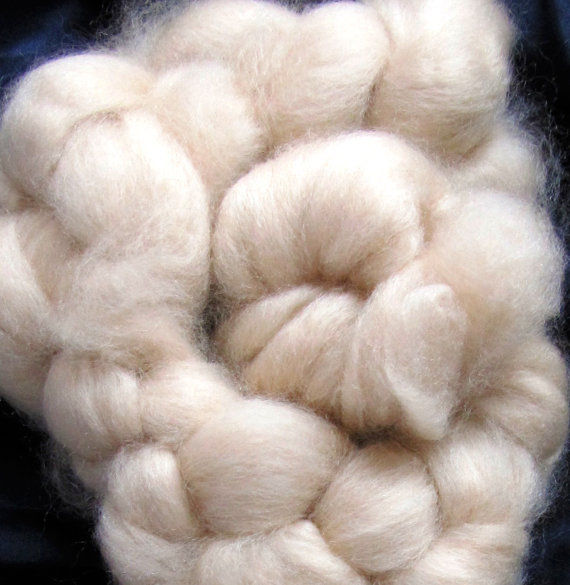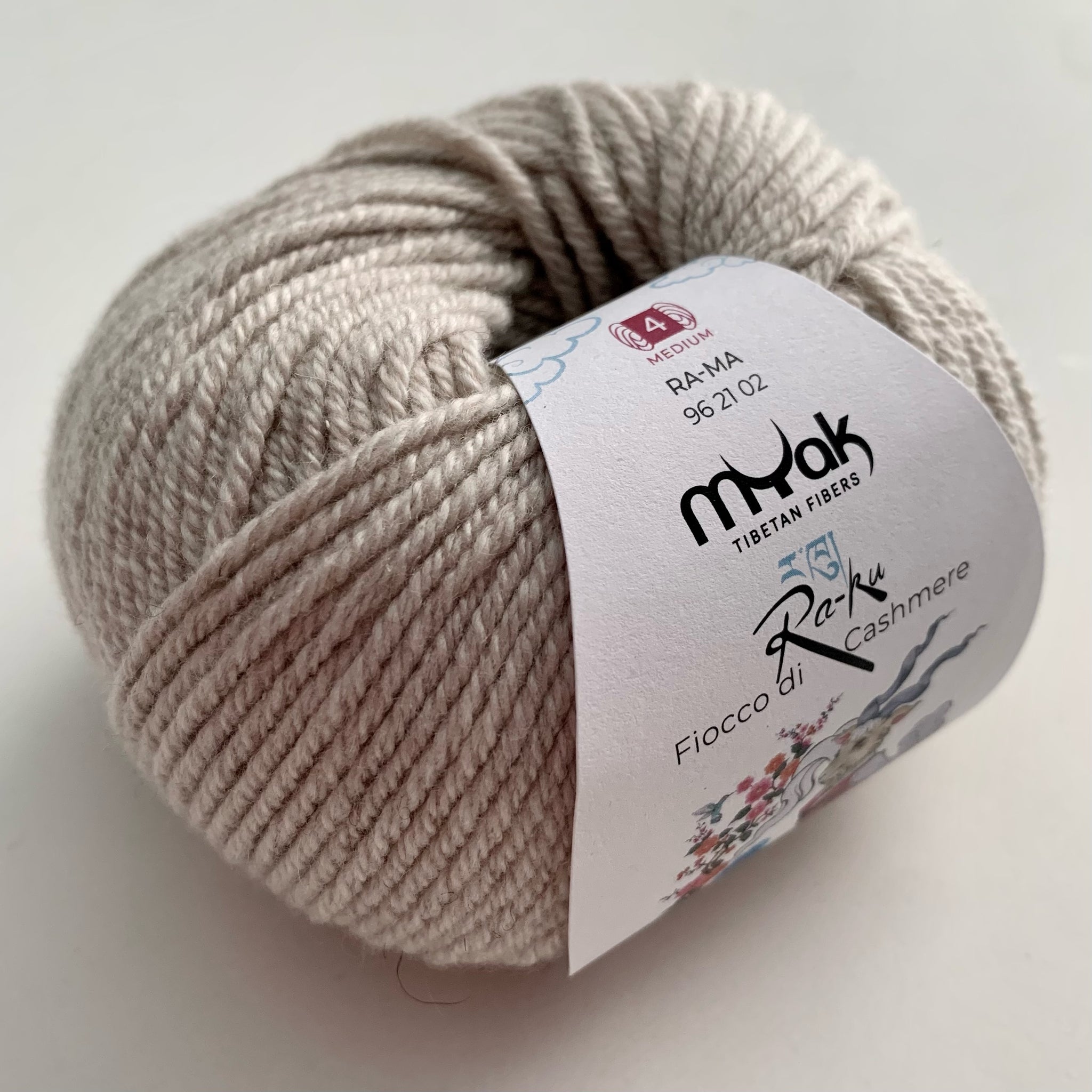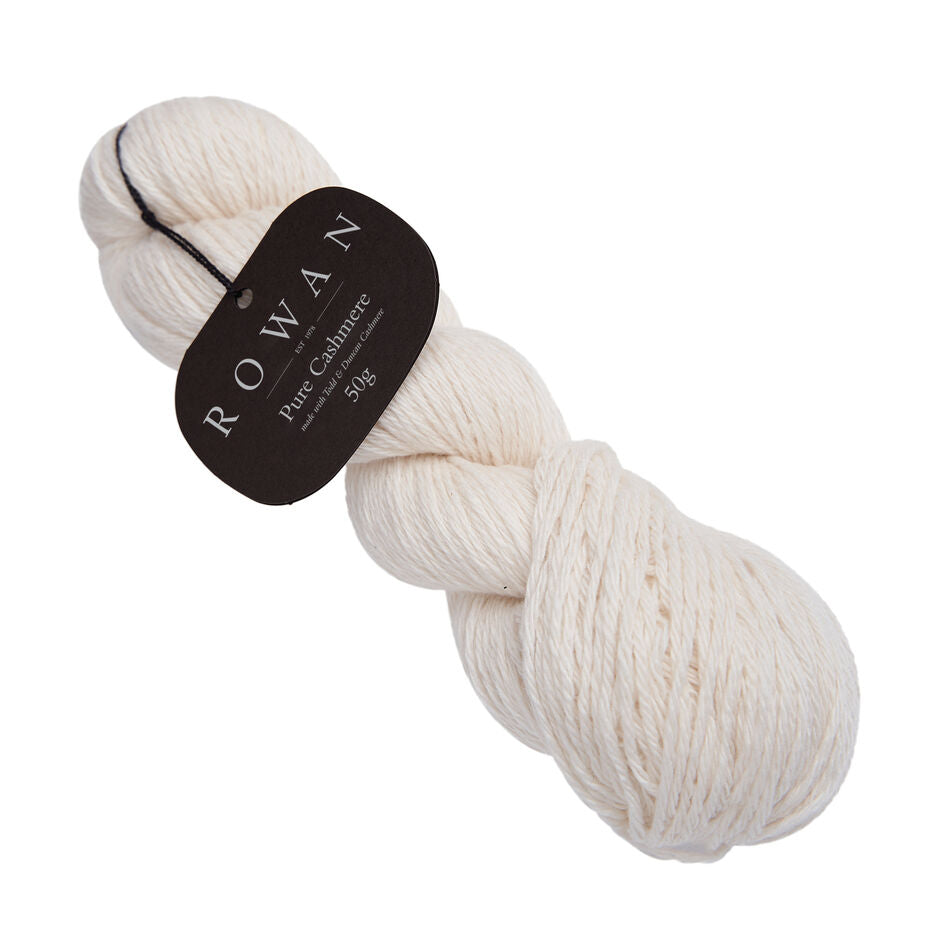Recognizing the Different Sorts Of Cashmere a Natural Fiber and Their Unique Benefits

The Origins of Cashmere: A Historic Overview
While the elegant touch of cashmere remains to charm modern-day consumers, its beginnings map back to the severe, cool climates of Mongolia and the Himalayas. For centuries, the native peoples of these areas have actually been raising Capra Hircus goats, the prime source of cashmere woollen. These goats, resistant against the severe wintertimes, expanded a fine undercoat to survive, which later ended up being called cashmere. The name itself pays homage to Kashmir, a region in India where the wool was originally refined. Much of the early cashmere trade route was assisted in by the Silk Roadway, attaching Asia with the Middle East and Europe. Despite its worldwide spread, the finest cashmere is still believed to originate from the original regions of Mongolia and the Himalayas.

The Manufacturing Process: From Goat to Garment
Shearing a Capra Hircus goat notes the inception of the complex cashmere manufacturing process. This fragile treatment generally takes place yearly during springtime. The penalty, soft undercoat is after that separated from the coarser outer hair, a process referred to as dehairing. The resultant raw cashmere is after that cleaned to remove pollutants such as oil, dust, and veggie issue.
The tidy fiber undergoes coloring, rotating, and weaving, or knitting, to change it right into a textile. Facility treatments such as quality assurance checks and finishing processes follow, guaranteeing the end product maintains the glamorous requirement expected of cashmere. This painstaking process, from goat to garment, warrants the high cost connected to cashmere items, making them an icon of deluxe and refinement.
The Various Types of Cashmere: An In-depth Analysis

The Unique Benefits of Cashmere: Comfort and Sustainability
Relocating from the range of cashmere kinds to the advantages they provide, comfort and sustainability stand out plainly. Cashmere, an all-natural fiber, is renowned for its unequaled soft qualities, offering a degree of comfort that synthetic fibers can't match.
When it pertains to sustainability, cashmere is eco-friendly and biodegradable, as it's collected from cashmere goats who regrow their coats annually. what is cashmere. Unlike artificial fibers which can take hundreds of years to break down, cashmere's effect on the setting is marginal. This combination of convenience and sustainability makes cashmere a Web Site useful option for conscious customers

Taking Care Of Your Cashmere: Maintenance and Preservation Tips
While cashmere is definitely a lavish and sustainable selection, it requires certain treatment to preserve its high quality and expand its life-span. To start, cashmere ought to be hand cleaned utilizing cool water and a light detergent. Cashmere things ought to be saved in a trendy and completely dry area, away from straight sunlight and moisture.
Spending in Cashmere: Recognizing Its Value and Worth
Although cashmere may at first look like a costly financial investment, its long-term value and worth come to be apparent when you consider its exceptional qualities. Recognized for its unmatched soft qualities and warmth, cashmere is a premium natural fiber that outmatches other materials. Its high demand and limited supply add to its high price, but its sturdiness ensures it lasts for many years, using excellent value for money. Cashmere items are timeless, typically ending up being heirlooms passed down with generations. what is cashmere. Its all-natural shielding buildings supply heat without the Discover More mass of synthetic fibers. Buying cashmere, consequently, is not simply about present style patterns, but regarding accepting a lasting, resilient, and extravagant way of living.
Final Thought
In summary, the kind of cashmere one find picks, be it Mongolian, Chinese, or Italian, is determined by private preferences for warmth, deluxe, sustainability, and spending plan. Understanding the beginnings, production process, and special benefits of different types of cashmere can guide customers in their financial investment in this extravagant natural fiber.
Whether it's the outstanding heat of Mongolian cashmere, the affordability of Chinese cashmere, or the eco-conscious production of Italian cashmere, there's a story to be discovered behind each fiber kind. Cashmere, a natural fiber, is renowned for its unparalleled gentleness, giving a level of comfort that synthetic fibers can not match.When it comes to sustainability, cashmere is biodegradable and sustainable, as it's collected from cashmere goats who regrow their coats annually. Understood for its exceptional gentleness and heat, cashmere is a premium all-natural fiber that outshines other products. Recognizing the beginnings, manufacturing procedure, and unique benefits of different types of cashmere can assist customers in their investment in this glamorous all-natural fiber.